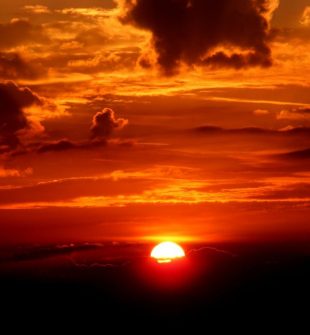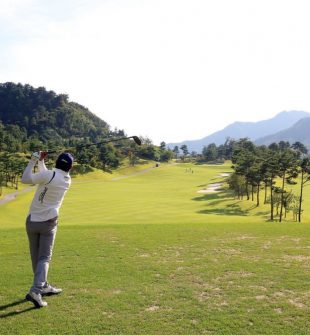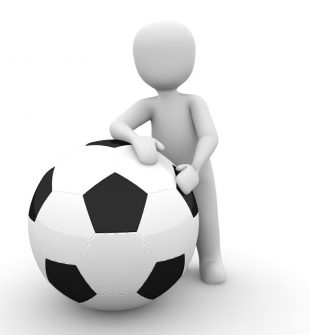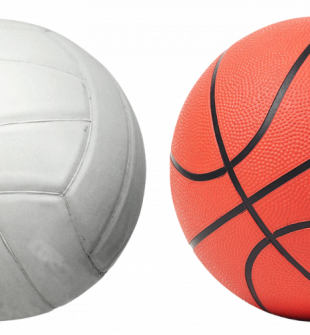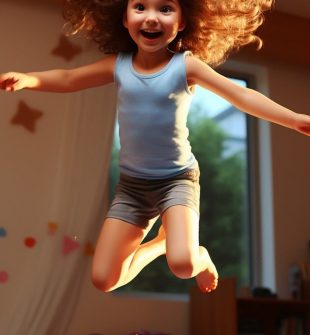Carving skidor: Sliding into Precision Turns

Carving Skidor: Sliding into Precision Turns
Introduction:
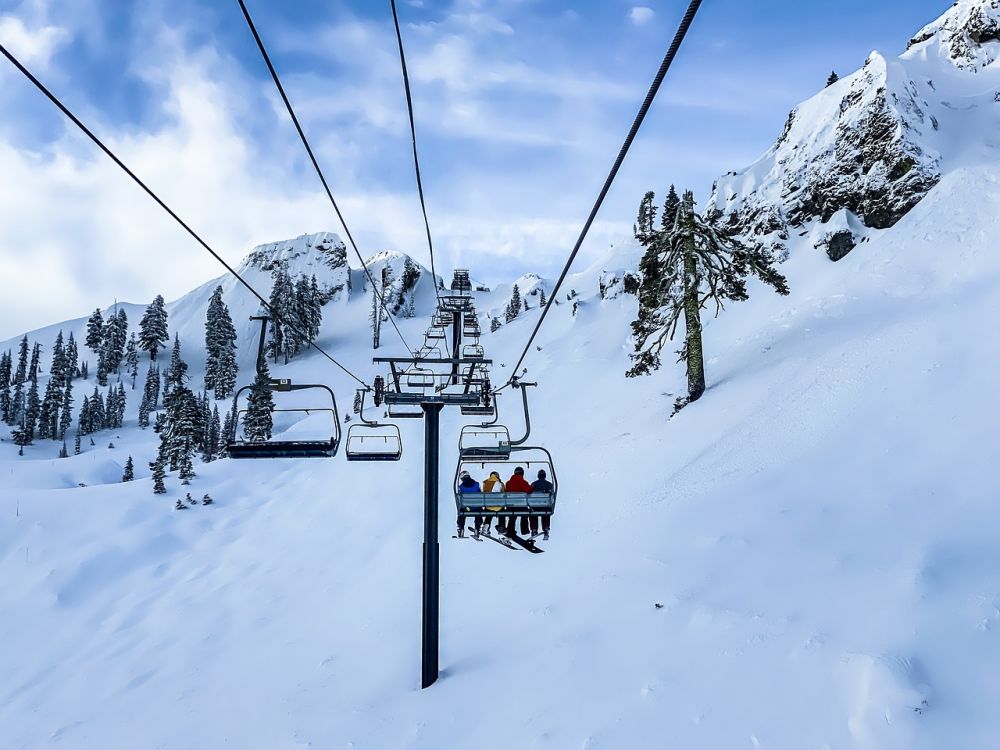
Carving skis have revolutionized the skiing experience, allowing skiers to make precise turns and carve effortlessly through the snow. In this comprehensive article, we will delve into the world of carving skis, exploring their various types, popular models, and the quantitative measurements that distinguish them. We will also discuss the key differences between different carving skis and explore the historical evolution of their advantages and disadvantages, ultimately providing readers with a holistic understanding of this exciting ski technology. So, strap on your boots and get ready to dive into the world of carving skis!
An Overview of Carving Skis
Carving skis, also known as shaped skis, are designed with a pronounced sidecut, which is the difference between the width of the ski at the tip and the width at the waist and tail. This sidecut creates an hourglass shape, allowing the skis to initiate turns more easily and actively engage the edges. Compared to traditional straight skis, carving skis offer improved maneuverability and better edge grip, enabling skiers to make precise, arced turns with minimal effort.
Carving skis are constructed using modern materials such as lightweight composite cores, carbon fiber reinforcements, and advanced laminates. These materials contribute to the skis’ responsiveness, stability, and overall performance. Additionally, most carving skis feature a camber profile, where the middle of the ski arches upward when unweighted, providing energy and rebound during turns.
Presentation of Carving Skis
There are various types of carving skis available on the market, each catering to different skiing styles and preferences. Here are some popular types:
1. All-Mountain Carving Skis:
These skis strike a balance between on-piste performance and off-piste capabilities. They excel in both groomed runs and variable snow conditions, making them versatile options for skiers who like to explore different terrains.
2. Frontside Carving Skis:
Designed specifically for on-piste carving, these skis offer tremendous edge hold and stability at high speeds. They have a narrower waist and aggressive sidecuts, allowing skiers to make precise and powerful turns on groomed slopes.
3. Powder Carving Skis:
These wider skis are built to handle deep snow conditions. With their wider waist, rockered tips, and tails, they provide buoyancy and effortless maneuverability, making them ideal for off-piste adventures.
Quantitative Measurements of Carving Skis
To evaluate the performance of carving skis, several quantitative measurements come into play:
1. Turning Radius:
The turning radius determines how tight or wide a ski can carve. Skis with shorter turn radii (~10-15 meters) tend to be more maneuverable and suitable for shorter turns, while longer radii (~20 meters) are better for larger, sweeping turns.
2. Flex:
Flex refers to the stiffness of a ski. Stiffer skis offer better stability and power at high speeds, while softer skis are more forgiving and easier to turn. The flex of a ski can be adjusted based on a skier’s skill level and preferences.
3. Waist Widt
The waist width of a ski affects its performance in different snow conditions. Narrower waists (~70-85mm) provide better edge control on hard-packed snow, while wider waists (~90-110mm) offer superior floatation in powder.
4. Camber Profile:
The camber profile impacts a ski’s performance and edge hold. Traditional camber offers optimal edge contact on groomed runs, while rocker camber enhances maneuverability and floatation in variable terrain.
Differentiating Carving Skis
While carving skis share the common characteristic of a pronounced sidecut, their design features and intended use can differ significantly. Here are the key factors that distinguish carving skis:
1. Shape and Sidecut:
The sidecut radius and overall shape affect the ski’s turning characteristics. Skis with a smaller sidecut radius provide quicker turn initiation, while larger radii offer more stability and smoother turns.
2. Flex and Stiffness:
The flex pattern and stiffness determine how a ski responds to pressure. Skis with a stiffer construction are more stable at high speeds but require more effort to initiate turns. Softer flex allows for easier turn initiation and forgiveness.
3. Rocker Profile:
Rocker refers to the curvature of the ski’s tip and tail. Varying degrees of rocker affect a ski’s performance in different snow conditions. More rocker improves floatation in powder, while less rocker optimizes edge contact on groomed runs.
Historical Perspective on Carving Skis’ Advantages and Disadvantages
Carving skis have come a long way since their introduction in the 1990s. Initially, they faced skepticism from traditionalists who preferred the stability and predictability of straight skis. However, it quickly became evident that carving skis offered numerous advantages, including:
1. Enhanced Maneuverability:
With their pronounced sidecuts and improved turning radius, carving skis allowed skiers to make quicker, more precise turns, enhancing overall control on the slopes.
2. Better Edge Grip:
Carving skis’ design and improved torsional stiffness provided exceptional edge grip, enabling skiers to carve confidently on icy or hard-packed surfaces.
3. Increased Stability:
The hourglass shape and advancements in ski construction technology led to enhanced stability at high speeds, making carving skis reliable tools for aggressive skiing.
Despite these advantages, carving skis also posed some challenges. They required adjustments in technique and skiing style, as skiers had to engage the edges actively and commit to the turns. Additionally, initial carving skis didn’t perform as well in deep powder due to their narrow waist width.
Over time, ski manufacturers addressed these limitations by introducing different types of carving skis suited for various skiing conditions, adding versatility to the technology.
Conclusion
Carving skis have undoubtedly transformed the skiing experience, offering skiers improved maneuverability, edge grip, and stability. With their pronounced sidecut and advanced construction materials, carving skis enable precision turns and enjoyable carving on various terrains. While each type of carving ski has its unique characteristics, the common goal remains: to elevate skiing performance and enjoyment. So next time you hit the slopes, consider strapping on a pair of carving skis and unlock the thrilling world of precision turns!
